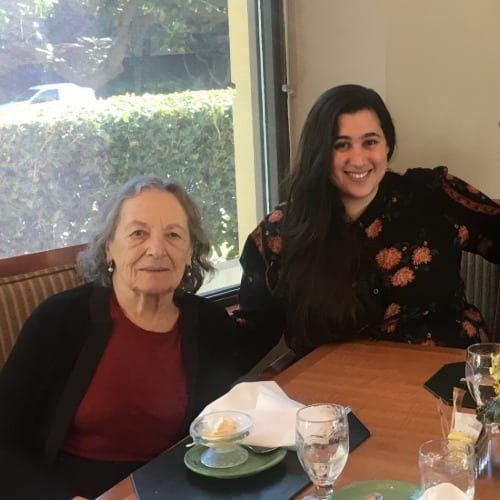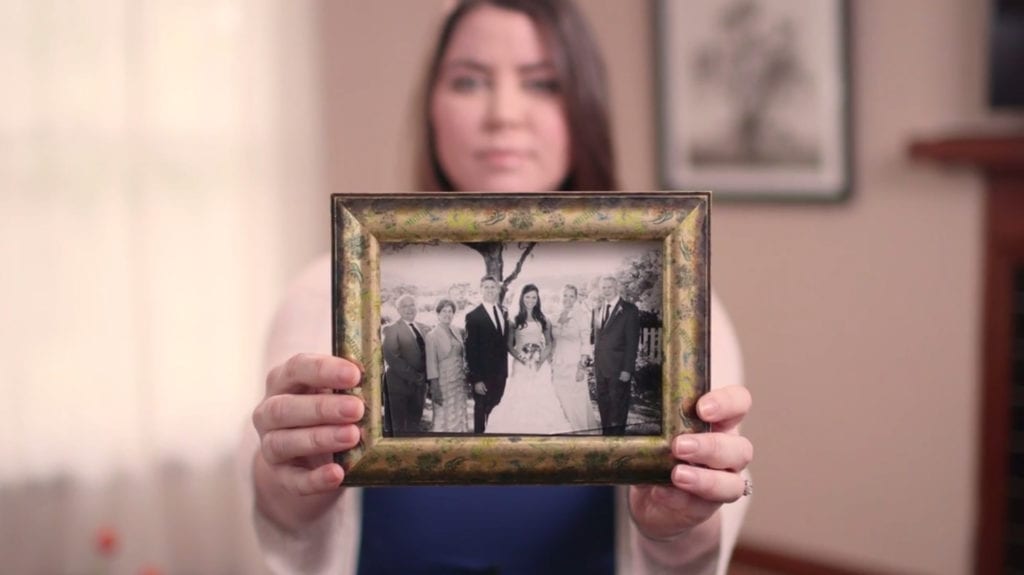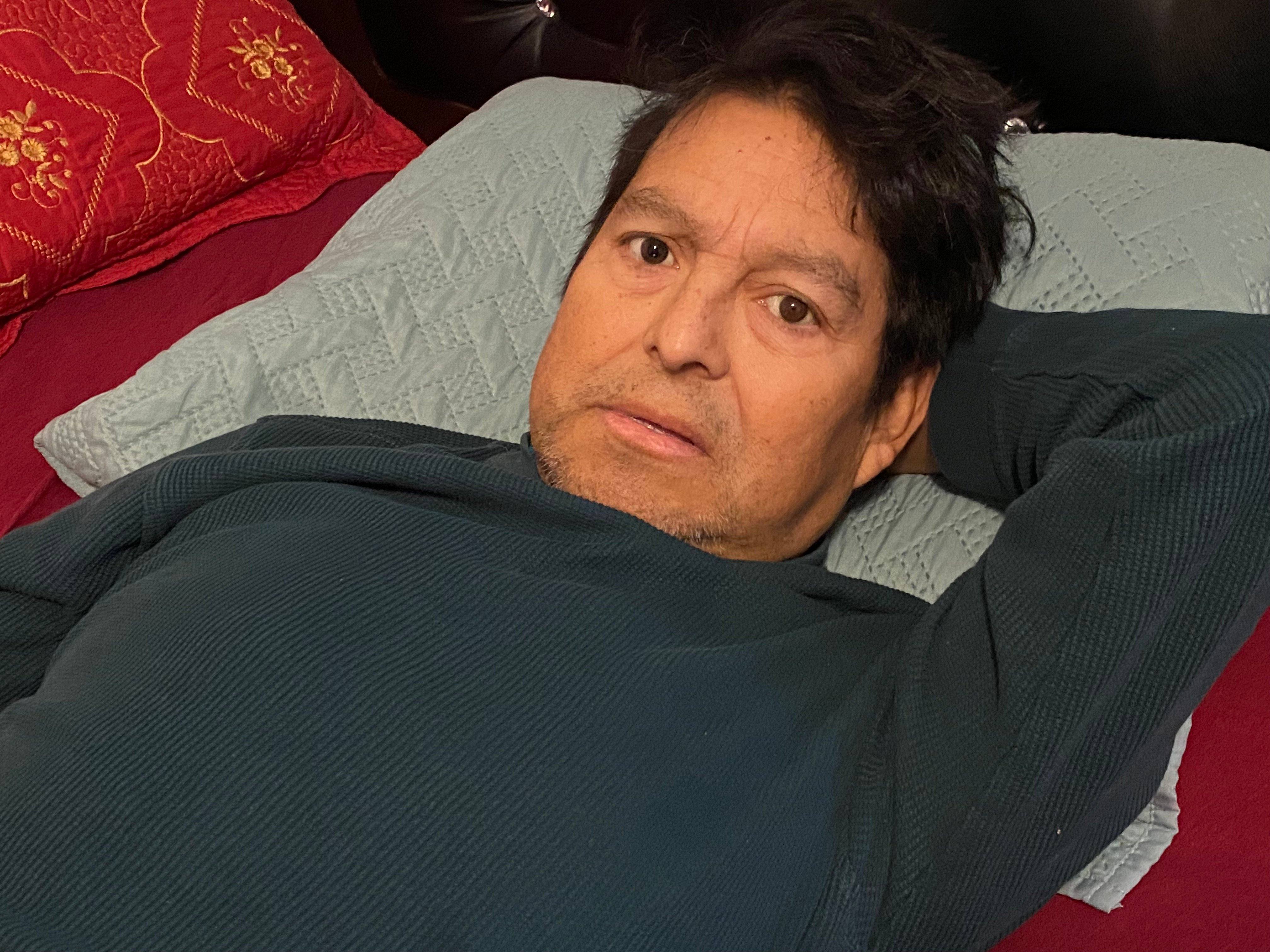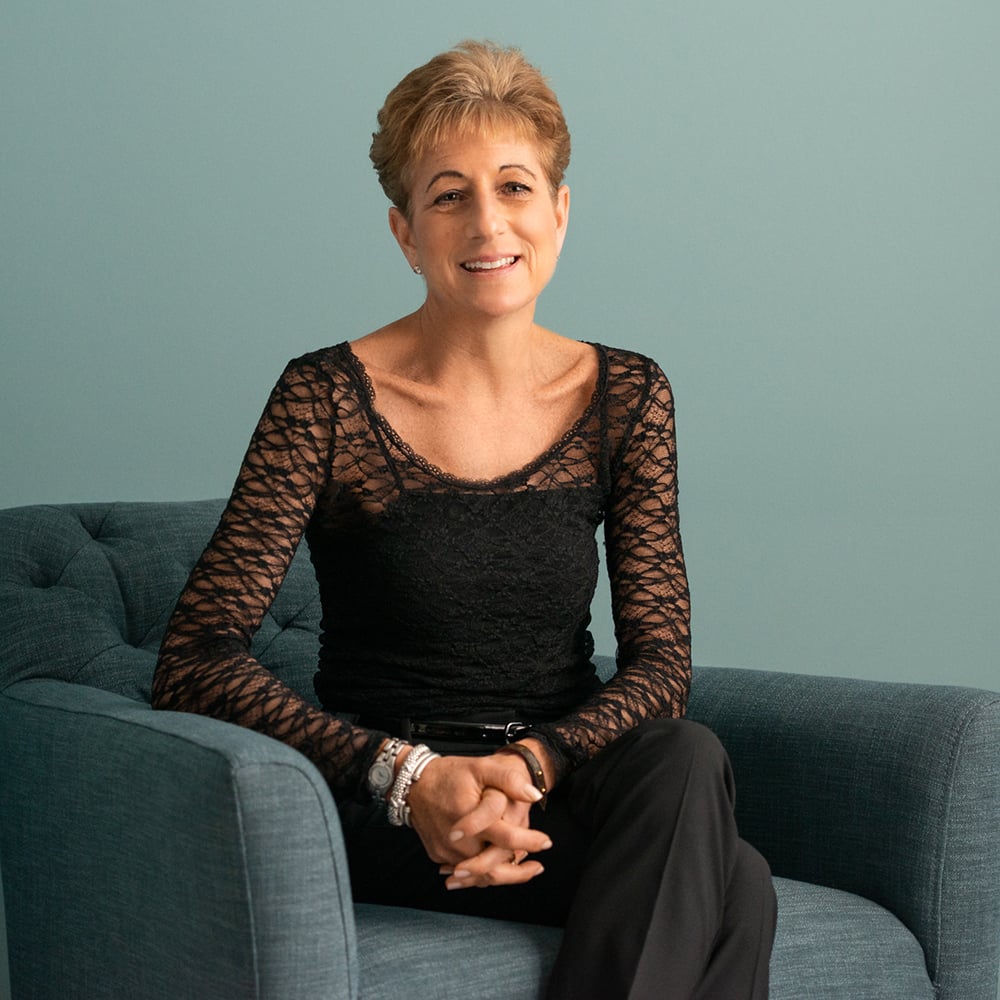Nathalie Touboul shared her story in December of 2020.
In September 2018 my 92-year-old grandmother, Bea, woke up lucid and calm from an afternoon nap at my parents’ home in Southern California and decided it was time to die.
Four years prior, 29-year-old terminally ill Brittany Maynard famously moved from California to Oregon to end her suffering under that state’s medical aid-in-dying law. My grandmother, who had terminal cancer and was in tremendous pain, wanted similar control over the end of her life.
Beate Sondhelm was born in Würzburg, Germany on September 29, 1925. In 1937, at age 11, she and her family fled Nazi Germany following the implementation of the Nuremberg Laws. They emigrated to Newark, New Jersey, where she became a U.S. citizen shortly after her 21st birthday, having lived through the war as an enemy alien. In September 1949, she married Martin Block, whose work as a high energy particle physicist and professor took them with their two children, Steven and Gail, on worldwide travels. Beate Block became a true cosmopolitan. She adapted to her surroundings every time they moved within the U.S. or lived abroad. She spoke four languages. She tended to her family. The perfect way to describe her is through a German expression, “give with warm hands,” meaning to be generous not just after death, but in life. That was Bea.
I sped to my parents’ house to be with my grandmother. I walked in the front door to a weirdly dissonant sight. My brother, Alex, and my stepdad, Elias, were taking down champagne glasses from a high kitchen shelf. They were red-eyed and snotty, just like me. We spent a minute together hugging, crying and laughing at the poor shape we were in. Then I went to see my grandmother.
Bea was in a guest bedroom, propped up in a hospital bed that emphasized how small her already small body had become. She was awake listening to classical music and in a better emotional state than anyone around her. My mom, Gail, was sitting by her side. A hospice nurse hovered in the background. Things had been underway since before I arrived. The aid-in-dying medication had to be taken in a precise three-step sequence. Bea had already completed the first step: swallowing the anti-anxiety and anti-nausea meds. Step two would come an hour later.
My grandmother, whose terminal illness was inconveniently timed with legal wrangling over California’s End of Life Option Act, endured an arduous and lengthy process to obtain an aid-in-dying prescription. She had already begun the required medical visits and mental health screenings (enforced by the hospital’s policy) when the law was overturned in an appeals court. This halted doctors’ ability to write a prescription. She felt her autonomy taken from her. It was incredibly troubling. Once the law was reinstated a few months later, she had to go through the appointments all over again.
Bea had been losing her autonomy for years as her health declined and her need for support increased. Eventually she and my grandfather moved halfway across the country to an independent living residence near us in Los Angeles. She became a widow that same year and then had to face a recurrence of cancer without her partner of 65 years. My impression was that for Bea, obtaining aid-in-dying meds gave her back some control, which was a huge comfort.
By the time she filled the prescription, she wasn’t sure she’d have the will or desire to take the meds. She was never planning her death. She didn’t pick a date in advance. But eventually her pain and suffering overwhelmed her. She had been in excruciating pain, beyond medical control, for the last week. She looked at my mom earlier that day and said, “I can’t stand it anymore. You have to help me.” She was resolute. It was her time to go.
My mom returned with the second round of Bea’s medicine: four ounces of murky, bitter solution in a glass bowl. It was not easy for Bea to swallow. She had barely eaten in days. She was weak and she was dying, even without medication to aid her. We had one last hour to be with her, before she’d take the third and final round of meds.
That hour we sat in chairs around her hospital bed and tried not to let go of the moment. Bea called her son, my uncle Steve, and his wife, Kathy, who live in Northern California. They had planned to visit again at the end of the week; Bea felt she couldn’t endure until then. She thanked them both, she said she loved them both — she was so proud of Steve and so thankful he had Kathy. They spoke for a few minutes, and when she hung up she said “goodbye” so definitively my heart ached.
Mom went back to the kitchen to mix Bea’s final round of medicine. And then the final minutes. Bea, Gail, Elias, Alex and me. Just the five of us. A normal family sharing a profoundly unfamiliar experience. We toasted Bea with champagne in the crystal flutes from the high shelf, the ones reserved for Thanksgivings and New Year’s Eves. It was a gesture of celebration normally meant for a memorial service. We were all, except Bea, losing control of our emotions. Bea was calm, quiet and exhausted. We were the ones crying, wanting her to hold on. She sipped champagne. She was ready.
My mom offered her mom the last bowl with gentle, steady hands. It was a tender, heartbreaking mother-daughter moment I never could have imagined for them. My mom could hardly get out the words. She said, “Okay, Mom. I love you. Thank you for being so great. I love you. We love you. Thank you.” Bea thanked her back. She said she loved her immeasurably. Gail had become Bea’s most trusted confidant, her relentless advocate, her medical proxy, her accountant, her best friend, her everything. My grandmother took the bowl from my mom and told us she loved us. She said she’d had a beautiful life. She said goodbye.
When my mom filled the prescription on behalf of Bea, she had to attend a meeting with two compounding pharmacists and a therapist. They explained how to administer the doses, emphasizing that under the law, we could not physically assist Bea at any point. We couldn’t help her with the bowl, couldn’t support the weight of it as she drank. The take-home instructions said for step three, she needed to drink as much as possible of an eight-ounce dose before losing consciousness. It had to be consumed rapidly, and it would be even more vile tasting than step two.
I remembered a friend telling me the story of delivering her first child. She was working her hardest to birth her baby. Her nurses and family chanted like cheerleaders, “Push, push, push, go, go, go!” “You can do it!” “Just a little bit more!” It seemed appropriate for a birth, but for a death? That was us, Bea’s choir of cheerleaders pushing her to keep drinking. Just a little bit more. You’re so close. You can do it. We literally cheered her to death. After three gulps, on the verge of throwing up, she belched. I grabbed an awful blue medical vomit bag and held it up for her. She cupped her hands around mine. She turned to her side and closed her eyes.
The hospice nurse came back into the room. She had left because her company’s policy barred her from being with my grandmother as she took the medication. She, my mom and I propped Bea on her right side with pillows, as stated in the instructions to aid in stopping the blood flow to her heart. We arranged her blankets and took seats in a semicircle around her. The nurse took her vitals and said her body was now in the active dying process. For several hours we sat together, watched and timed her breaths.
My grandmother died peacefully in her sleep the night of September 12, 2018. She was two weeks shy of her 93rd birthday.
How lucky that we got to be with her in her last moments. How painful that we watched it happen. How ironic to be holding your own breath until you’re sure your beloved grandma has taken her last. It’s a burden I’m privileged to carry. I got to hug and kiss my grandma and make sure she knew how special she was to me. I got to help honor her wishes. It’s a memory that’s just as important to me as all the happy ones. I hold onto it just as tightly.






